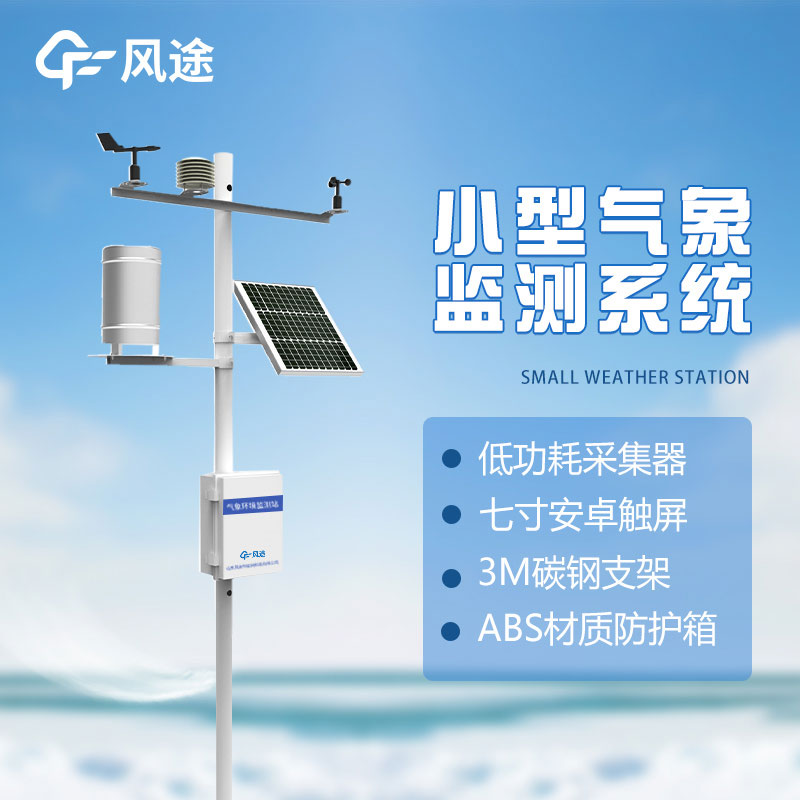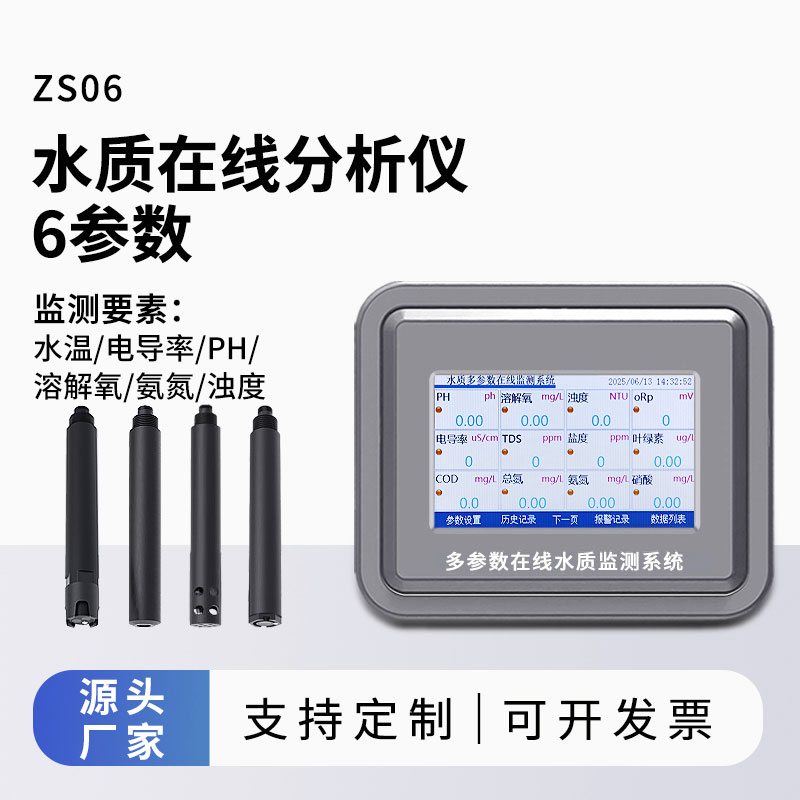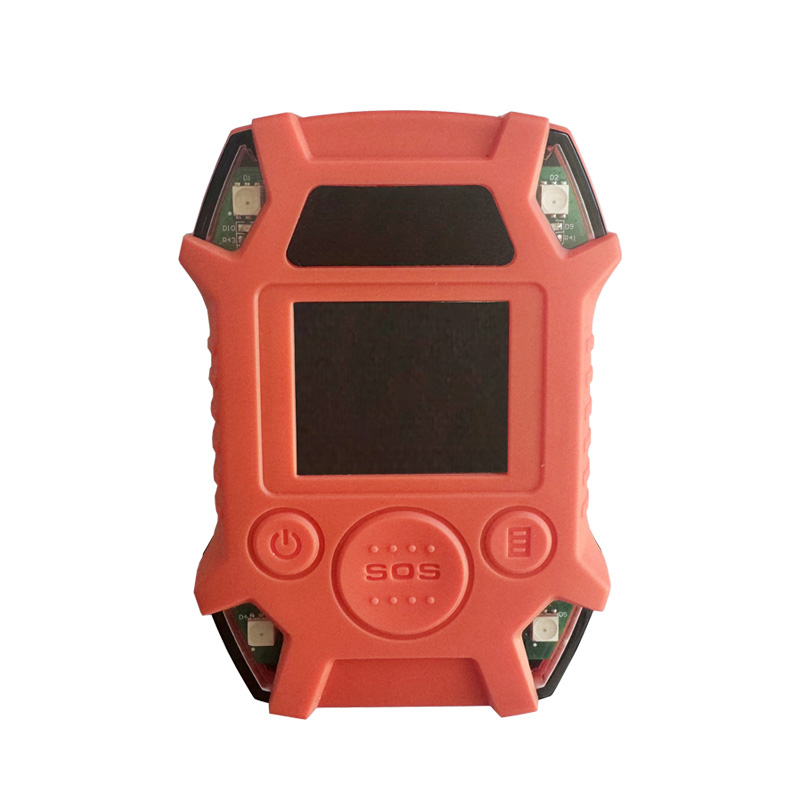Smart agricultural weather stations play a key role in modern agricultural cultivation. They provide key data to support agriculture by monitoring temperature, humidity, wind speed and other meteorological elements. This information helps farmers optimise their planting strategies, increase crop yields, enhance the risk resistance of agriculture and promote sustainable agricultural development.
The functions of this weather station are not limited to monitoring meteorological conditions such as temperature, precipitation and soil moisture, but also include systematic observations of agricultural organisms. These observations are aimed at analysing the effects of meteorological factors on agricultural organisms, thereby providing scientific guidance for agricultural production. In addition, agrometeorological stations are required to report observation data and statistical reports to higher authorities on a regular basis. According to the responsibilities and tasks undertaken, the World Meteorological Organisation classifies agrometeorological stations into four categories: primary agrometeorological stations, general agrometeorological stations, auxiliary agrometeorological stations and special agrometeorological stations. Each type of station has corresponding staffing and equipment requirements to ensure that it can effectively fulfil the established observation and research tasks.
The agrometeorological stations are designed to be flexible and easy to install, and can be adjusted according to the site environment and crop height without affecting crop growth. The system transmits data via wireless communication and supports individual or multi-site networked operation, with data collection, processing and analysis centrally managed by the central station software. Meteorological conditions such as light, temperature, moisture and air are critical to agricultural production, and their optimal combination constitutes a natural resource for agricultural production.
With the installation of agro-meteorological stations, farmers are able to know the weather conditions in real time, and in case of heavy rainfall, the station will monitor and notify them in a timely manner. In this way, farmers can take steps to protect their crops from damage caused by excessive rainfall, thus helping to increase crop yields.

This paper addresses:https://fengtusz.com/industry/270.html









